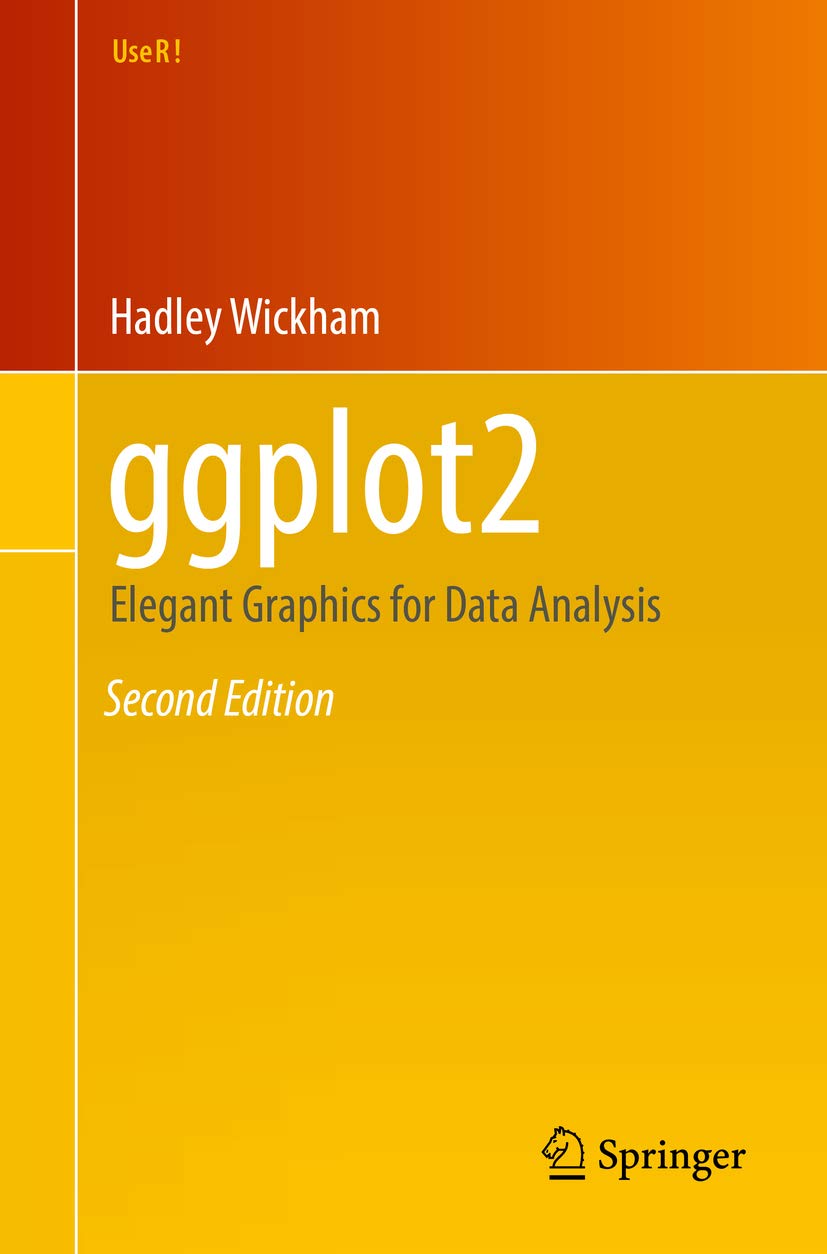
Lets-Plot Kotlin API is largely based on the API
provided by
ggplot2 package well-known to data scientists who use R.
To learn more about the Grammar of Graphics,
we recommend an excellent book called
“ggplot2: Elegant Graphics for Data Analysis”.
This will be a good prerequisite for further exploration of the Lets-Plot library.
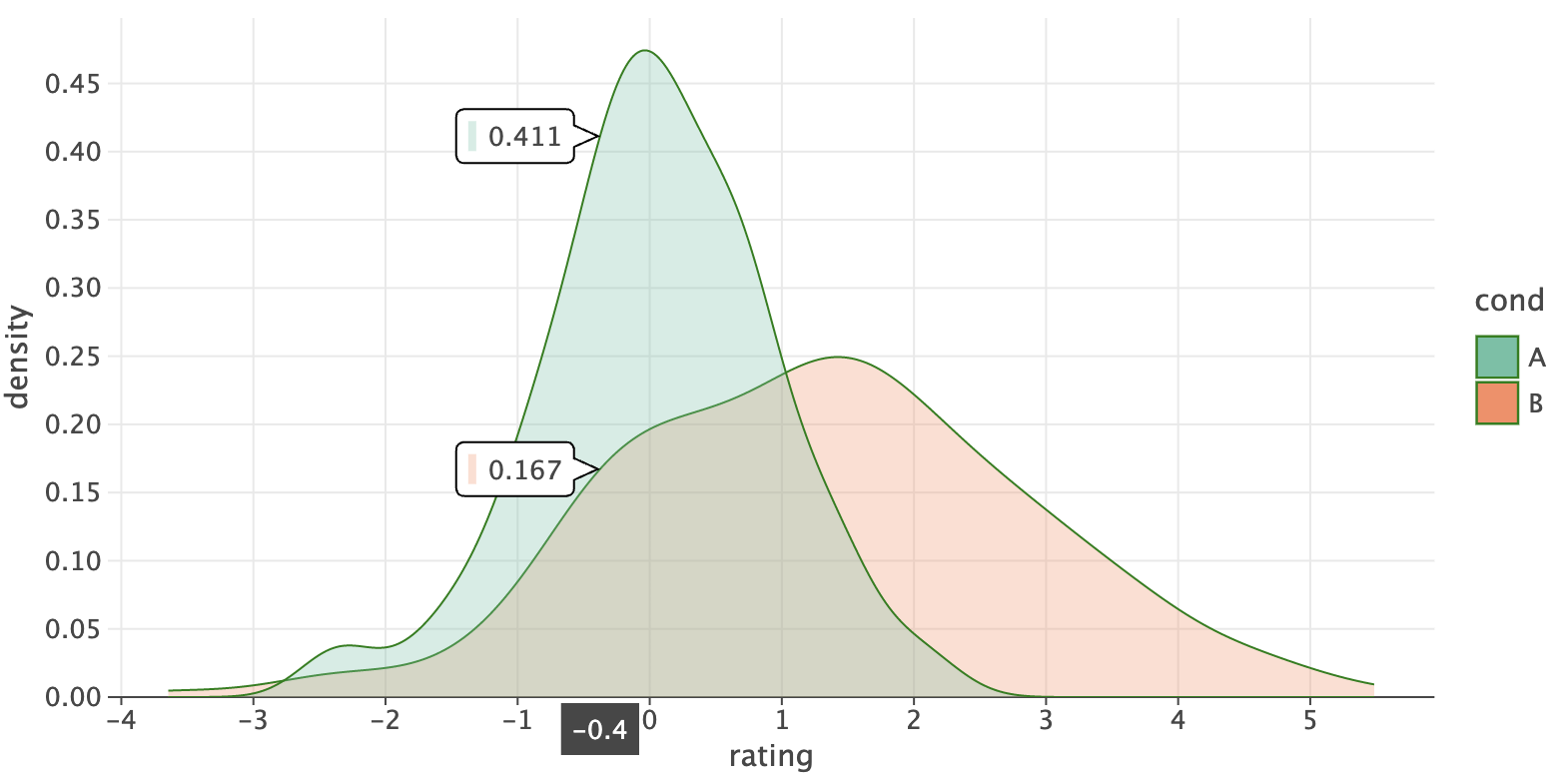
 See [Date-time](https://nbviewer.org/github/JetBrains/lets-plot-kotlin/blob/master/docs/examples/jupyter-notebooks/f-4.11.0/time_date_datetime.ipynb) cookbook.
See [Date-time](https://nbviewer.org/github/JetBrains/lets-plot-kotlin/blob/master/docs/examples/jupyter-notebooks/f-4.11.0/time_date_datetime.ipynb) cookbook.
 See [Bitcoin trading](https://nbviewer.org/github/JetBrains/lets-plot-docs/blob/master/source/kotlin_examples/demo/trading_chart.ipynb) demo.
See [Bitcoin trading](https://nbviewer.org/github/JetBrains/lets-plot-docs/blob/master/source/kotlin_examples/demo/trading_chart.ipynb) demo.
 See: [example notebook](https://nbviewer.org/github/JetBrains/lets-plot-kotlin/blob/master/docs/examples/jupyter-notebooks/f-4.11.0/geom_sina.ipynb).
- #### `geomTextRepel()` and `geomLabelRepel()` Geometries
See: [example notebook](https://nbviewer.org/github/JetBrains/lets-plot-kotlin/blob/master/docs/examples/jupyter-notebooks/f-4.11.0/geom_sina.ipynb).
- #### `geomTextRepel()` and `geomLabelRepel()` Geometries
 See: [example notebook](https://nbviewer.org/github/JetBrains/lets-plot-kotlin/blob/master/docs/examples/jupyter-notebooks/f-4.11.0/ggrepel.ipynb).
- #### `waterfallPlot()` Chart
- Annotations support via `relativeLabels` and `absoluteLabels` parameters.
See: [example notebook](https://nbviewer.org/github/JetBrains/lets-plot-kotlin/blob/master/docs/examples/jupyter-notebooks/f-4.11.0/ggrepel.ipynb).
- #### `waterfallPlot()` Chart
- Annotations support via `relativeLabels` and `absoluteLabels` parameters.
 See: [example notebook](https://nbviewer.org/github/JetBrains/lets-plot-kotlin/blob/master/docs/examples/jupyter-notebooks/f-4.11.0/waterfall_plot_annotations.ipynb).
See: [example notebook](https://nbviewer.org/github/JetBrains/lets-plot-kotlin/blob/master/docs/examples/jupyter-notebooks/f-4.11.0/waterfall_plot_annotations.ipynb).
 See: [example notebook](https://nbviewer.org/github/JetBrains/lets-plot-kotlin/blob/master/docs/examples/jupyter-notebooks/f-4.11.0/waterfall_plot_layers.ipynb).
- #### Continuous Data on Discrete Scales
Continuous data when used with discrete positional scales is no longer transformed to discrete data.
See: [example notebook](https://nbviewer.org/github/JetBrains/lets-plot-kotlin/blob/master/docs/examples/jupyter-notebooks/f-4.11.0/waterfall_plot_layers.ipynb).
- #### Continuous Data on Discrete Scales
Continuous data when used with discrete positional scales is no longer transformed to discrete data.  See: [example notebook](https://nbviewer.org/github/JetBrains/lets-plot-kotlin/blob/master/docs/examples/jupyter-notebooks/f-4.11.0/numeric_data_on_discrete_scale.ipynb).
> [!TIP]
> New way of handling continuous data on discrete scales could potentially break existing plots.
> If you want to restore a broken plot to its original form, you can use the [`asDiscrete()`](https://lets-plot.org/kotlin/as-discrete.html) function to annotate continuous data as discrete.
- #### Plot Layout
The default plot layout has been improved to better accommodate axis labels and titles.
See: [example notebook](https://nbviewer.org/github/JetBrains/lets-plot-kotlin/blob/master/docs/examples/jupyter-notebooks/f-4.11.0/numeric_data_on_discrete_scale.ipynb).
> [!TIP]
> New way of handling continuous data on discrete scales could potentially break existing plots.
> If you want to restore a broken plot to its original form, you can use the [`asDiscrete()`](https://lets-plot.org/kotlin/as-discrete.html) function to annotate continuous data as discrete.
- #### Plot Layout
The default plot layout has been improved to better accommodate axis labels and titles.  See new [Plot Layout Diagrams](https://lets-plot.org/kotlin/presentation-options.html#plot-layout-diagrams) showing various layout options and their effects on plot appearance.
- #### And More
See [CHANGELOG.md](https://github.com/JetBrains/lets-plot-kotlin/blob/master/CHANGELOG.md) for a full list of changes.
## Recent Updates in the [Gallery](https://lets-plot.org/kotlin/gallery.html)
See new [Plot Layout Diagrams](https://lets-plot.org/kotlin/presentation-options.html#plot-layout-diagrams) showing various layout options and their effects on plot appearance.
- #### And More
See [CHANGELOG.md](https://github.com/JetBrains/lets-plot-kotlin/blob/master/CHANGELOG.md) for a full list of changes.
## Recent Updates in the [Gallery](https://lets-plot.org/kotlin/gallery.html)



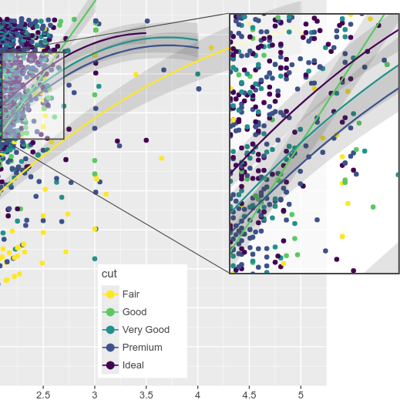
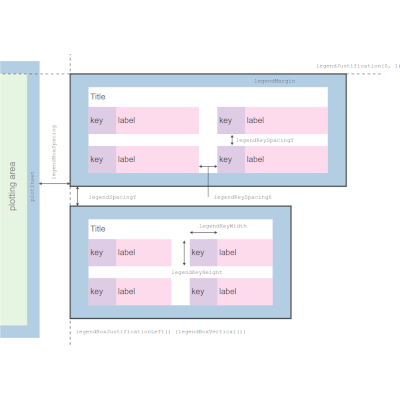
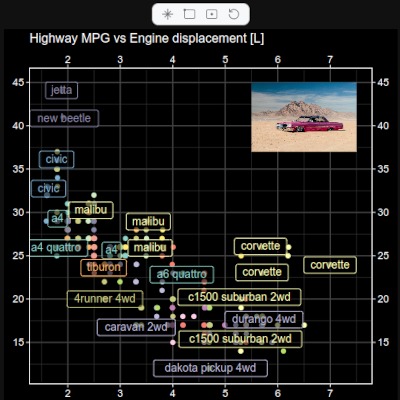
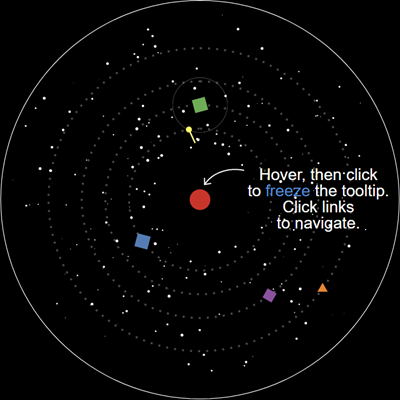
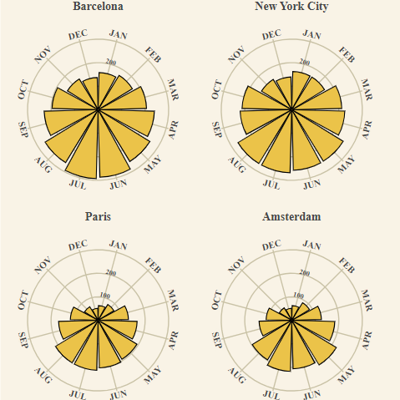 ## Change Log
See [CHANGELOG.md](https://github.com/JetBrains/lets-plot-kotlin/blob/master/CHANGELOG.md).
## Code of Conduct
This project and the corresponding community are governed by the
[JetBrains Open Source and Community Code of Conduct](https://confluence.jetbrains.com/display/ALL/JetBrains+Open+Source+and+Community+Code+of+Conduct).
Please make sure you read it.
## License
Code and documentation released under
the [MIT license](https://github.com/JetBrains/lets-plot-kotlin/blob/master/LICENSE).
Copyright © 2019-2025, JetBrains s.r.o.
## Change Log
See [CHANGELOG.md](https://github.com/JetBrains/lets-plot-kotlin/blob/master/CHANGELOG.md).
## Code of Conduct
This project and the corresponding community are governed by the
[JetBrains Open Source and Community Code of Conduct](https://confluence.jetbrains.com/display/ALL/JetBrains+Open+Source+and+Community+Code+of+Conduct).
Please make sure you read it.
## License
Code and documentation released under
the [MIT license](https://github.com/JetBrains/lets-plot-kotlin/blob/master/LICENSE).
Copyright © 2019-2025, JetBrains s.r.o.